Happy Tuesday, everybody! Right now, the high-end jewelry world is all abuzz over the Magnificent Jewels sale Christie’s is holding today in New York City. Why? Because it includes the largest collection of JAR jewels to ever be seen at auction.
“JAR” is Joel Arthur Rosenthal, an elusive and revered figure in the contemporary jewelry world. Born in New York, Rosenthal (and his partner, Pierre Jeannet) founded JAR in Paris in 1977, and since then he’s been designing around 70 extraordinary jewels per year out of a small, unassuming storefront on the Place Vendôme. He doesn’t advertise and rarely gives interviews , yet his designs are wildly sought after by the highest echelons of society. The last time we saw a collection like this go on the block was in 2006, when actress Ellen Barkin sold 17 JAR pieces (among a collection of around 100 jewels in total) that were originally gifts from her ex-husband Ron Perelman. The full collection — which was also sold at Christie’s — made over $20 million, with most of the pieces selling above estimate.
Barkin calls JAR the “Matisse of our time,” and he particularly loves colored stones, regardless of trend and value. Back in 2013, he told the Financial Times: “Everyone told me it wouldn’t work: I couldn’t use old cut diamonds, I couldn’t use pink topaz, no one would want them. But I didn’t care what a stone was, just that it was beautiful.”
He uses those colored stones in a painterly fashion, creating gradients and patterns throughout a single piece. These pansy rings in the New York Times are a great example (and don’t miss the rest of the slideshow).
The 19 pieces in the Christie’s sale come from an “Important West Coast Collection,” and they’re generally a little more restrained (and wearable) than some of JAR’s more elaborate flights of fancy, but the showstopper — at least to me — is the “Branch Under Snow” bangle bracelet shown above. Made of silver and platinum, the piece is studded with briolette and round diamonds and twines around the arm like a piece of sculpture. It carries an estimate of $400,000 - $600,000, and it’s entirely possible that the selling price will blow that number out of the water, because:
“JAR is the most collectible designer alive today,” says Daphne Lingon, Christie’s head of jewelry for the Americas. And since he only creates about 70 pieces a year, there simply isn’t enough to meet the worldwide demand, she explains, which adds to the urgency of buying a piece on the secondary market. “To have access to a piece by him is quite rare because people don’t want to part with them; it’s something they keep and hand down.”
JAR is also the only living jeweler to have ever been given a retrospective at the Metropolitan Museum of Art — “Jewels by JAR” in November 2013 — and this bracelet, along with two other pieces in the auction, were included in that exhibit. It was also at this exhibit that I hissed “YOU’RE GOING THE WRONG WAY AND SCREWING UP THE LINE” at Barbara Walters, who kept sticking her mink-clad arm in front of people’s faces to point out jewelry she owned. I’m still mad.
This 19th century Northern Italian bronze inkwell takes the form of a sea monster zealously guarding a shell, and it’s actually inspired by much earlier bronzes that were being produced by the workshop of Severo Calzetta da Ravenna in the first half of the 1500s.
The Victoria & Albert Museum in London has a couple of variations of the original Severo bronzes, including this one, which is similar to the above, and another which would have featured a (now missing) shell on his tail to act as the inkwell. The V&A notes that Severo was able to figure out a way to copy his bronzes so that his workshop could knock them out quickly and prolifically, and while they were popular with the upper classes, they were still affordable to “more modest collectors.” According to Sotheby’s:
The market for small animal bronzes was flourishing in Northern Italy, notably in Padua, in the late 15th and the early 16th century. Lamps, candlesticks and inkwells, decorated with classical heroes or in the form of satyrs and sea monsters, were very popular. The relatively large number of bronze sea monsters, most of them forming an inkwell, testifies the fame of the subject.
There’s no indication as to who made this 19th century copy, but I like him even more than the originals. How can you not love a grumpy little sea monster? He’s available in the Tableaux Dessins Sculptures 1300-1900, Session II sale at Sotheby’s Paris on Thursday.
The Sotheby’s New York Magnificent Jewels sale is tomorrow, and the big lot is the “Sienna Star,” a *deep breath* 73.11 carat fancy vivid yellow cut-cornered square step-cut diamond. It’s in a setting by London jeweler Glenn Spiro, who created a flexible shank set with round pavé diamonds that actually does justice to the diamond. (I hate skimpy little settings on big stones.) It’s estimated to sell for more than $3 million.
But enough about that; I want to talk about the Van Cleef & Arpels Zip necklace.
“The Zip necklace is probably the High Jewelry piece that best sums up Van Cleef & Arpels’ identity,” says VC&A president and CEO Nicolas Bos. “It is a highly technical piece that is extremely complicated to create, with a striking and innovative inspiration,” and part of that inspiration (so the story goes) came from the Duchess of Windsor. Back in the 1930’s, she was apparently so enamored with the chic new zipper fasteners that Elsa Schiaparelli was introducing into her clothing that she suggested a necklace version to Renée Puissant, the VC&A creative director. Even better, why not a necklace that could transform into a bracelet?
Puissant was intrigued, but the realization of the idea turned out to be far more complicated than anyone imagined. It literally took over 10 years to develop, and the first Zip necklace was finally unveiled in 1950.
We tend to take zippers for granted and only think about them when they break. But consider a version that is a totally functional object AND an elegant piece of jewelry, created from scratch by a team of goldsmiths, stone setters, and polishers: The zip necklace worn by Margot Robbie at the 2015 Academy Awards took over 600 hours to make. It’s pretty impressive. And oh yeah, don’t forget that transformational part:
The top section of the piece is removable via hidden clasps, which allows the remaining necklace to be fully zipped up and brought together at both ends to form a bracelet. There’s a video here that shows how it works.
VC&A has since created many different variations of the necklace, and you can see a variety of them on their site along with a drawing of the very first one to debut in 1950. The piece above is their “Zip Antique Udaipur” necklace/bracelet, and it features 123 pink sapphires and 432 diamonds set in 18k pink gold. It has an estimate of $250,000 to $350,000.
It’s also time for the big Russian sales in London — Christie’s held theirs yesterday and the Sotheby’s one is tomorrow. Our favorite Fabergé dealer and troublemaker Andre Ruzhnikov — you remember him, right? — has reviews of both up on his site, and he wasn’t particularly enthused with anything, although the circa 1900 Fabergé nephrite and guilloché enamel kovsh (a Russian oval or boat-shaped drinking vessel usually with a single handle) above garnered a “cute.”
I was happy to see that one of the lots that particularly pissed him off didn’t sell (and has since been taken off the Christie’s site as a result). It was a porcelain inkstand that featured a bust of Lenin, and to quote Ruzhnikov: “Images of Lenin and Stalin make me vomit. In Germany selling sculptures of Hitler and his henchmen is a criminal offence. How come Lenin and Stalin deserve better?” How come, indeed.
The Knightsbridge Jewels sale taking place at Bonhams tomorrow will include some items from the collection of Dame Joan Collins, and each piece includes a personal anecdote from the grand dame herself. She told Lucinda Bredin at Bonhams Magazine: "I do buy jewellery for myself as a reward. It's something I highly recommend. I think more women should do it,” and included in the sale is a gold torque necklace (above) that she bought herself after landing the role of Alexis Colby in Dynasty.
You can see the rest of her pieces here, including a turquoise and gold necklace that prompted this exquisite namedropper of an anecdote: “This was given to me by Warren Beatty, then my fiancé. We were living in New York in the apartment of Paul and Joanne Newman, and Warren had just landed a role in Splendor in the Grass.” Huh.
The Bonhams sale also includes this sweet little reverse crystal dog pendant. Circa 1900, the pup’s image has been carved into the flat back of a cabochon-cut disc of rock crystal, and then painted in intricate detail. The crystal is set into a frame of rose-cut diamonds with oval-cut sapphire and ruby accents, and the back is inscribed “par toi ma chaine est douce” (“close to you my chain is sweet”) in blue enamel.
That’s it for today, but I have some recommendations that I’d like to pass along before I go. Dearest was recently included (yay!) in Substack’s weekly “At Length” series, which gathers the work of various Substack writers around a specific theme. Their post on “Desire” included my piece on fede/gimmel rings alongside other newsletters focusing on startups, love letters, AI algorithms and the diary of an 18th century shopkeeper. That last one came from Histories, a free weekly newsletter that will surely appeal to my history-minded readers. Each week, history journalist and editor Andrew Chapman brings us the stories of ordinary people by pulling excerpts from their own diaries, letters and memoirs. It’s a fabulous window into the daily lives of the everyday people that history tends to overlook.
Dearest also received a lovely shout-out from Mike Sowden in his Everything is Amazing newsletter, which is a wonderful new discovery for me and one I think you’ll enjoy as well. It’s a “newsletter about curiosity” — about the quest for knowledge and the delight of the journey, whether it be out in the wild or sheltered in lockdown. Mike sets us some challenges to push us out of our comfort zones, and I’m up for it. As soon as I get this pesky workweek out of the way, I’m off to find my nearest ruin.
I hope you’re all well and happy! As always, please feel free to reply to this email, find me on Twitter, or leave a comment. Have a good week, everyone! xxx
Thanks for reading, and if you haven’t already subscribed, sign up here:


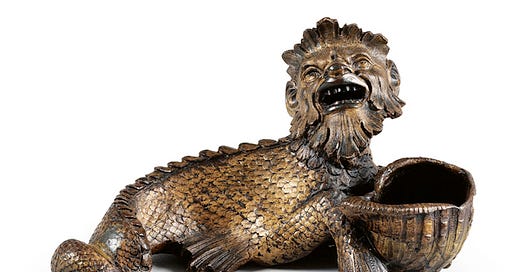

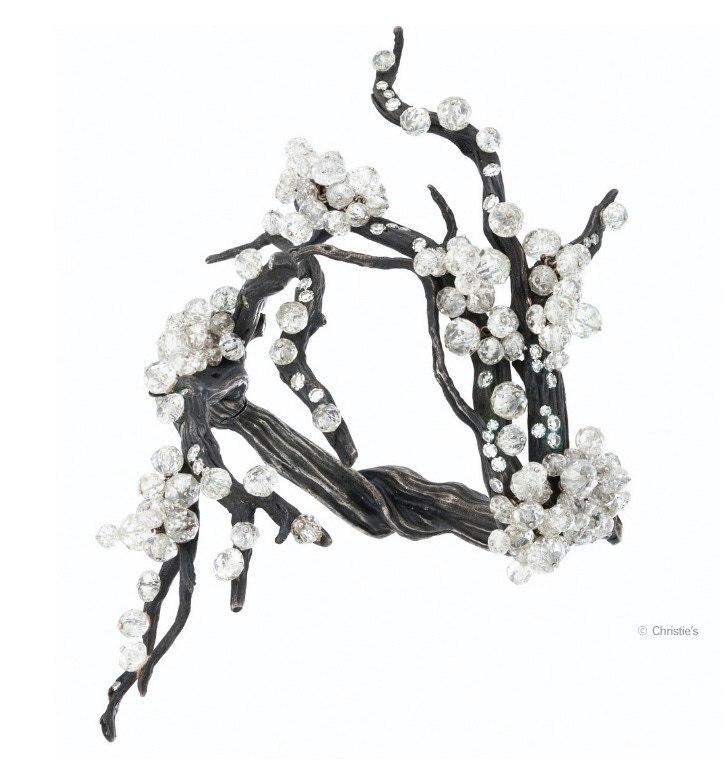


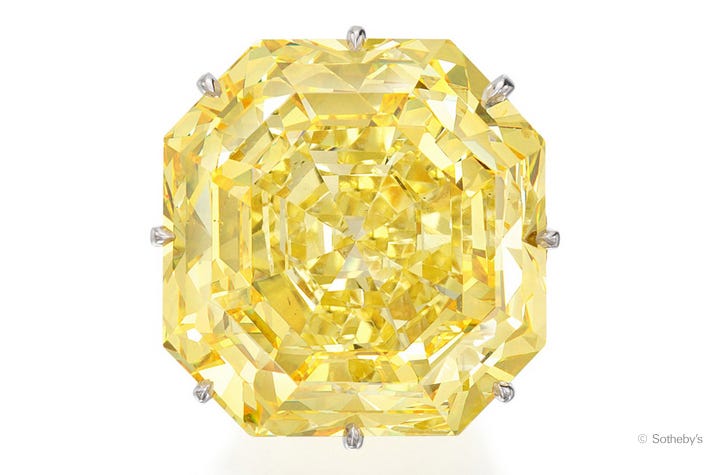
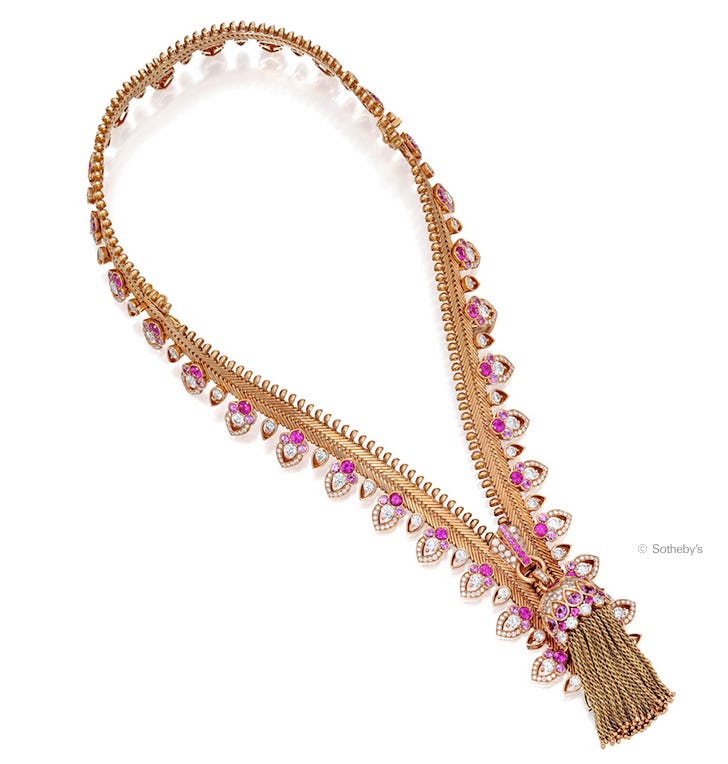

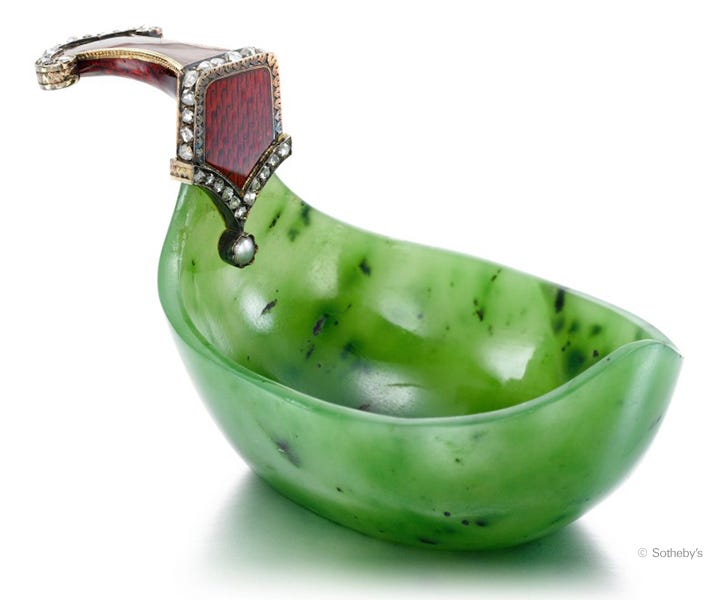

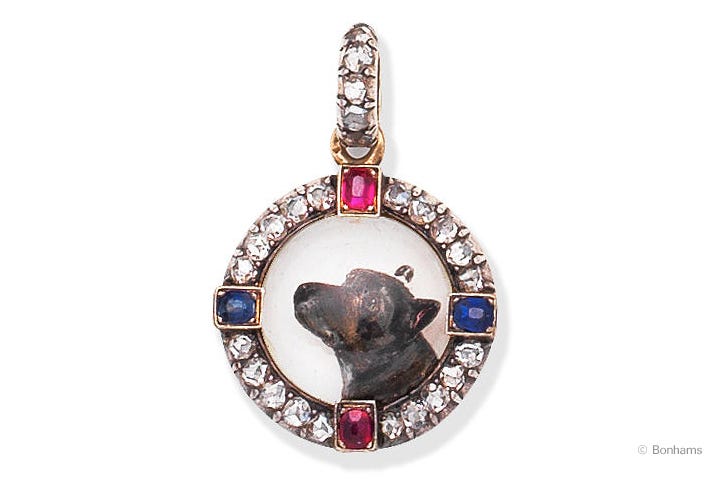
And the life lesson is: we all need a dog that looks at us in the way that dog on the pendant is looking at (presumably) its master. Dammit, I miss having a dog. First thing on my list when I stop moving around. No, no, I'm fine, just allergies. Allergies. And...and watery eyes, it's a medical condition. Yep. Stop looking at me please.
And thank you so much for the mention :) Yay for curious folk approaching the same topic from all sorts of different directions.
- New fan.
I didn't know that that type of necklace is called a torque/torc! There is one among my late grandma's jewelry that I've been thinking of keeping. (It is a little bit small and fancy for me.) After reading this, I think I've been trying it on backwards.
This also led me to this rabbithole about them: https://blog.britishmuseum.org/how-do-you-put-on-a-torc/